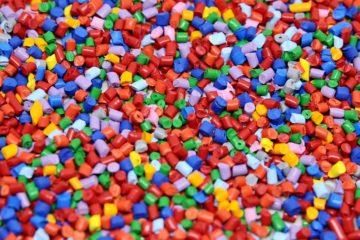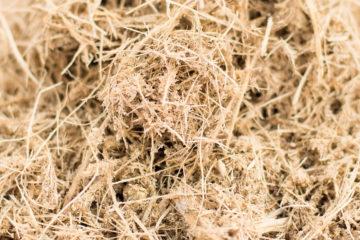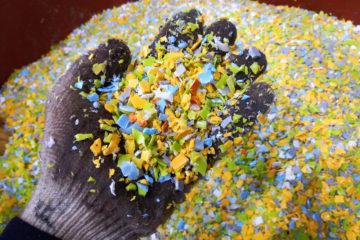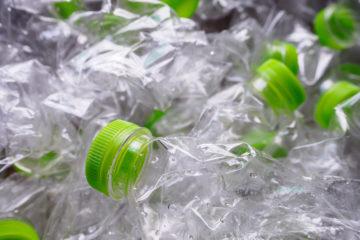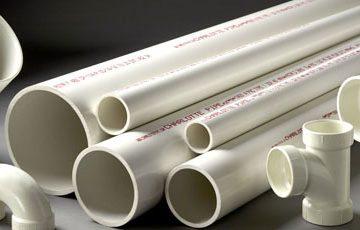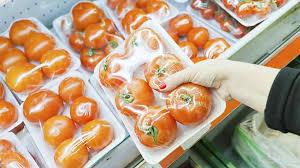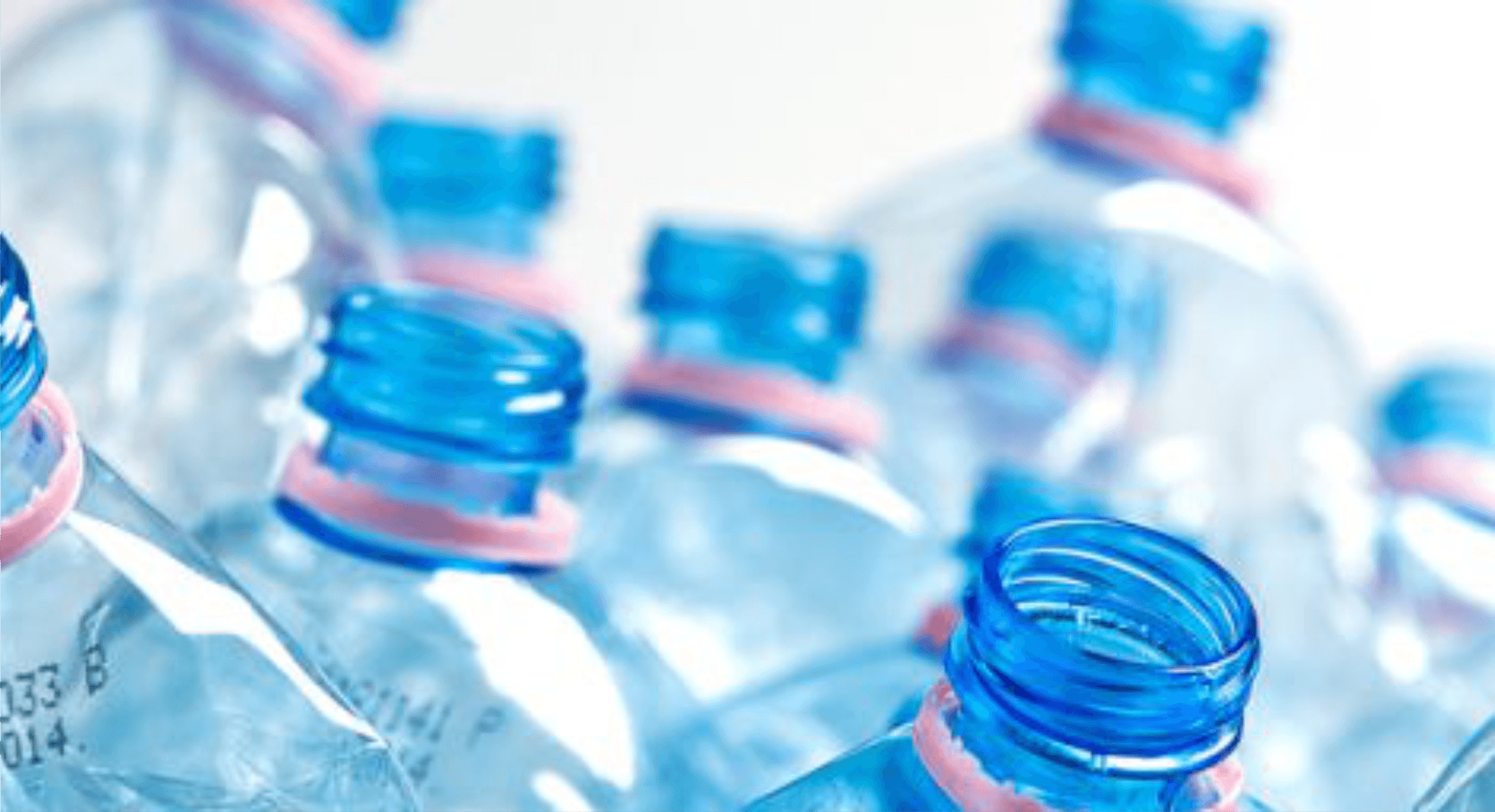
Polyethylene terephthalate (PETE or PET) is one of the most commonly used thermoplastic polymers in the world and is better known in the textile industry by the trade name “polyester.” It is a naturally transparent and semi-crystalline plastic widely used as a fiber for clothing, as an effective moisture barrier with wide applicability in bottling and packaging (known in these cases as PET or “PET resin”), and as an engineering plastic when it is combined with other materials like glass fiber or carbon nanotubes to significantly increase the material’s strength. It is a naturally colorless, semi-crystalline material. Some of its most important characteristics include its resistance to water, its high strength to weight ratio, the fact that it is virtually shatterproof (it won’t break like glass packaging), and its wide availability as an economic and recyclable plastic.
PET was first polymerized in the 1940s by DuPont chemists looking to develop polymer materials for use as textile fibers. It is produced from the synthesis of ethylene glycol and terephthalic acid. Even without additives to increase its strength, PET is still very strong for its light weight. This means that less material is required for uses such as plastic film for packaging. This means less fuel is required for shipping when using PET packaging. Additionally, although the material is petroleum based, approximately 40% of the energy is stored internal and is available a second time once recycled. According to PETresin.org, “life cycle studies of PET have consistently shown it to be a highly sustainable material with a positive environmental profile.
Polyethylene terephthalate has excellent chemical resistance to organic material and water. It is somewhat susceptible to oxidation, meaning that when used as packaging it is reserved for short shelf life items. For example, it is not typically used for beer or wine storage because the shelf life of these beverages is expected to be long enough such that some taste degradation might occur before the item is consumed.
Polyethylene terephthalate is easily recycled. As it is not typically bonded with other materials when used as packaging it can be reused by conducting a series of washing processes and then breaking it down into the original resin. It can also be “downcycled” to fabric fibers when the available recycling infrastructure cannot gather sufficiently contaminant free material .
If PET isn’t the right fit for your project, take a look at our article on the 10 Common Types of Plastic.
Subscribe to Our Newsletter
Get the latest news from Dienamics into your inbox
















